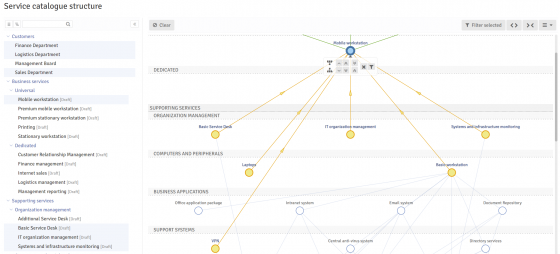
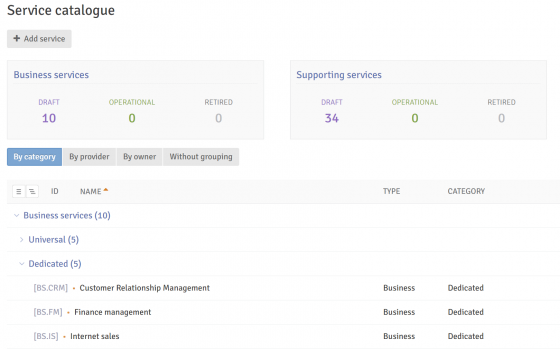
Service catalog
Define internal and external service clients. Identify their representatives who may get access to their services and costs.
Define service categories that will be used to structure the service catalog and to analyze the costs of these services. Develop definitions of services and relations between business, support and external services. Visualise the relation between all services and their clients, with the use of a tabular and a graphic interface (in the form of a graph).
Create new services, including its decomposition and its clients. Approve new service. Withdraw a service.
Service costs
Develop a budget. Plan the costs of all services and divide them between business units or external customers. Allocate costs of services in compliance with their use.
Report the actual costs of all services and divide them between business units or external customers. Allocate actual costs of services in compliance with their real use. Verify and approve a periodic reports concerning the actual service costs. Change the budget when needed.
Use a graphic and tabular presentation of the planned and actual costs of services. Perform an analysis of planned and actual costs broken down by budget categories, budget items, types of services, service categories, individual services, service owners and service suppliers.
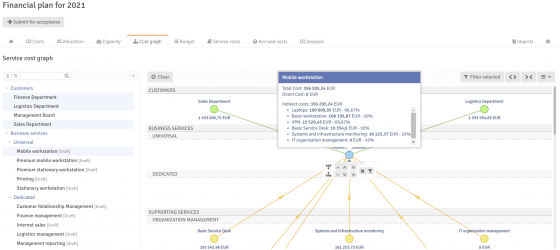
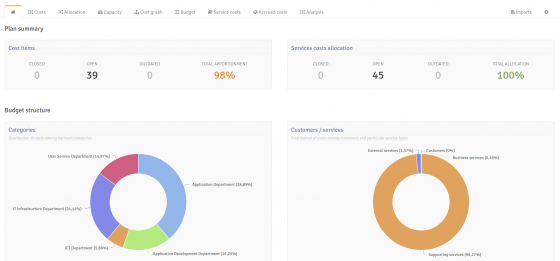
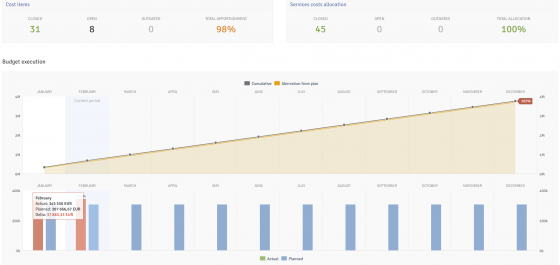
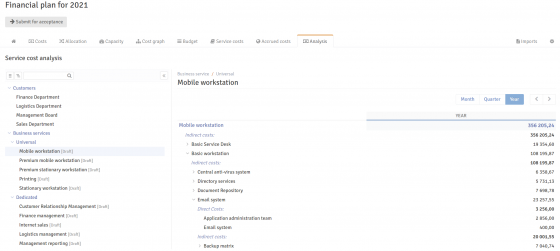
Benefits for successful IT & Service Portfolio Managers
Precise and usage-based pricing of IT services
Transparency and good understanding of IT costs
Better communication between business and IT managers
Easier analysis and optimization of IT costs
Request a demo or a pilot
Try Hadrone SPM in your organization
See also our other product
HadroneTM PPM
All projects. One place
Best-in-class project
portfolio management
Hadrone PPM enables planning, prioritisation and selection of the best projects, their effective delivery and ongoing monitoring.
More



